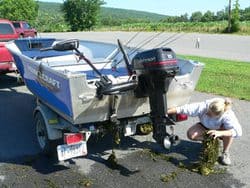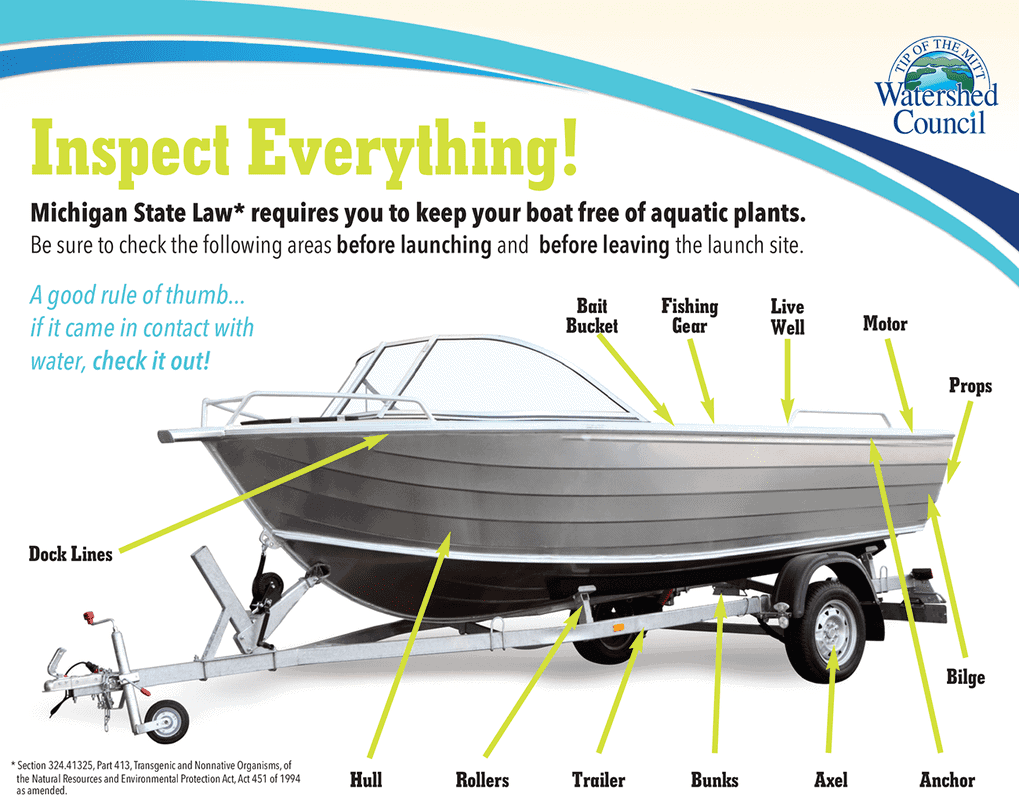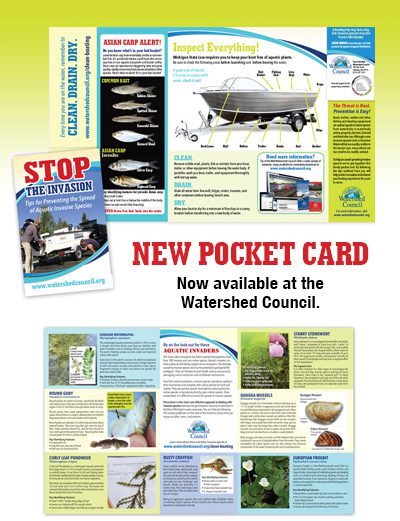While most boaters appreciate the natural resources that abound in the watersheds in which they recreate, many are unaware of the impacts boating can have upon those resources. Water pollution problems associated with boating include discharges of oil, fuel, sewage, trash, fishing line, toxic cleaning and maintenance products, bottom paints, and invasive aquatic species. While boaters may only contribute a small portion of the overall pollution entering our waters, the cumulative impacts of the 4.3 registered boaters in the Great Lakes Basin can be considerable. It is important to recognize the potential negative environmental impacts boaters can have upon our Great Lakes ecosystem and, more importantly, what we can do to prevent them. Boaters can make a difference everyday by following the simple actions listed below. The recommendations were compiled from a variety of sources and experts dedicated to protecting our nation’s waters from the potential impacts of recreational boating.
Stop the Invasion

Aquatic Invasive Species are organisms that have been intentionally or unintentionally introduced into an area where they did not historically occur. These non-native species often have no natural enemies to limit their reproduction and spread, enabling them to out-compete native species and, in the process, disrupt entire ecosystems. Over 185 non-native species are already established in the Great Lakes and connecting waterways. The primary source of introductions of aquatic invasive species in the Great Lakes region is ballast water dumped by commercial ships that have been overseas. However, they are further spread onboard personal watercraft and by boaters traveling between bodies of water. Recreational vessels play a critical role in the spread of invasive species in freshwater systems through organisms inadvertently retained in live wells, bait wells, bilge pumps, motors, and on boat hulls, trailers, and equipment. Routine boating practices have spread invasive species over a broad geographic range before the invader is even recognized and acknowledged as a problem. You can help control the spread of these alien species by taking simple actions every time you remove your boat from the water regardless of whether you know the lake is infested or not.
What you can do:
- Remove visible mud, plants, fish, or animals from your boat, trailer, or other equipment (anchor, centerboards, props, etc.) before leaving the water body.
- Drain all water from live wells, bilges, motor, transom, and other containers before leaving launch area.
- Wash your boat, trailer, and equipment thoroughly with hot water (120 – 140 degrees) to remove plants and organisms that were not visible at the boat launch.
- Allow your boat to dry for a minimum of 5 days in a sunny location before transferring into a new body of water.
- Do not release live bait or aquarium pets into any waters.
- Discard fish waste in the trash.



